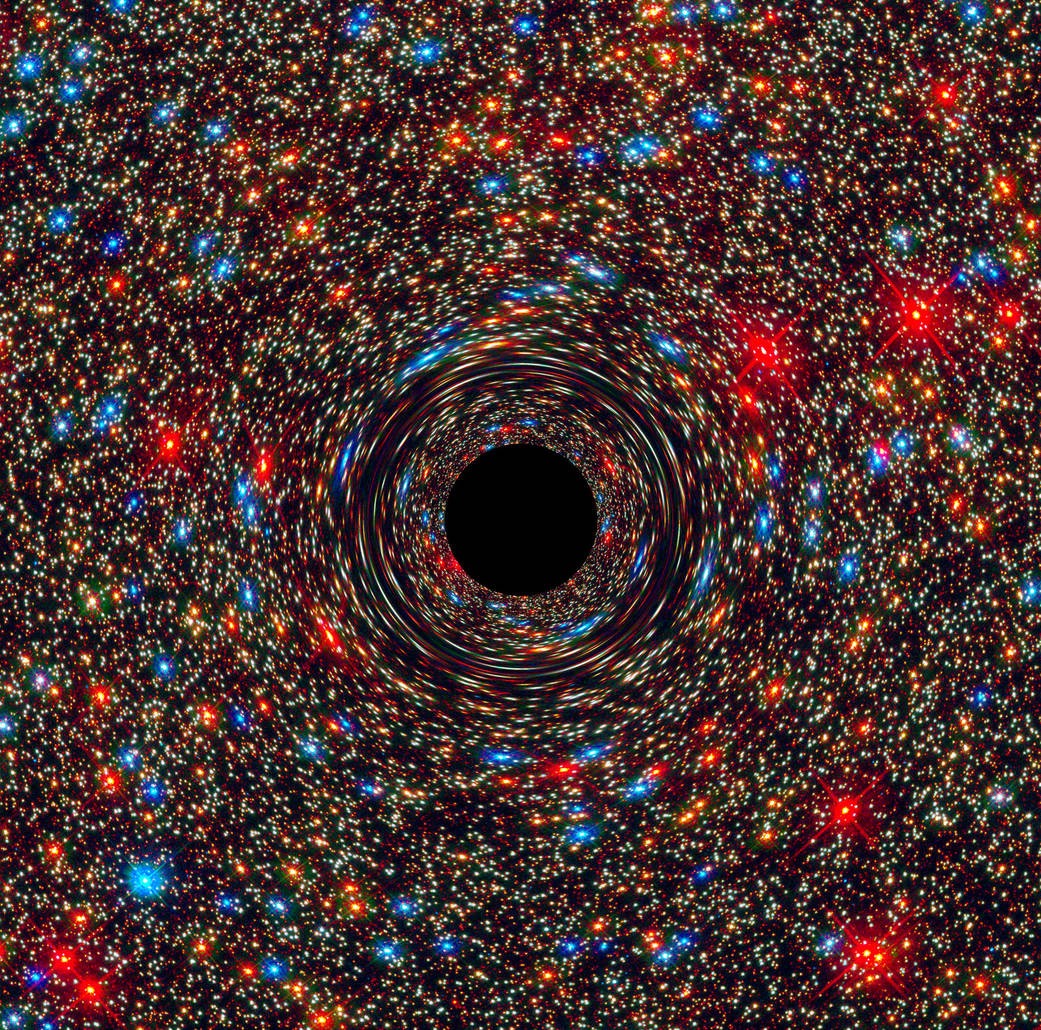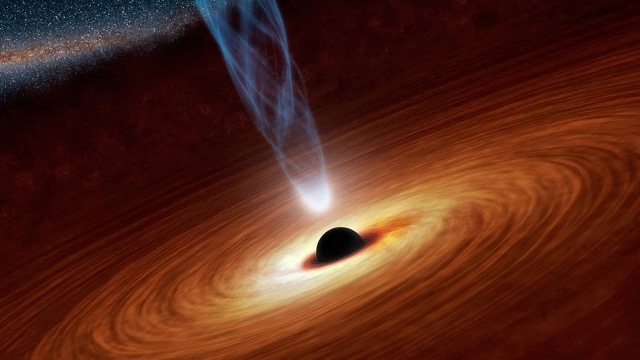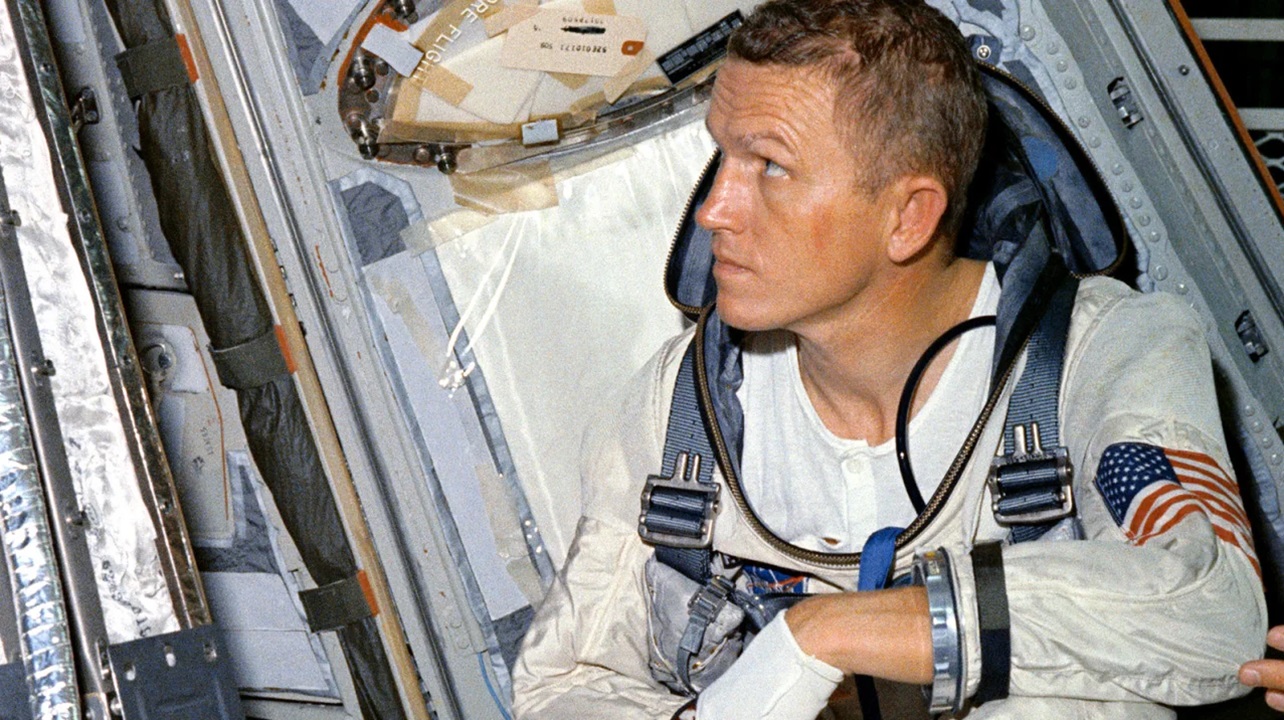Albert Einstein talked about them in 1915, and a hundred years later a group of scientists were able to hear gravitational waves in the universe.
Astronomers from different parts of the world have heard it for the first time The sound of waves flowing in the Milky Way. This discovery helps to understand How the Universe, Galaxies and Black Holes Formed
Gravitational waves were predicted by Albert Einstein in 1915. They have been theorized throughout history, and it wasn’t until 2015 that they were discovered experimentally Gravitational Wave Laboratory with Laser Interferometer (LIGO). It has been confirmed that they are currently under investigation.
We recommend you: What was there before the Big Bang?
The Search for Gravitational Waves
After 15 years of data collection, collaborative efforts, and careful listening, a team of scientists at the North American Gravitational-Wave Nanohertz Laboratory (Nanogravity), published the discovery ‘Astrophysical Journal Letters‘.
The Gravitational waves are disturbances in the fabric of spacetime, and ten years ago, in 2020, NANOGrav scientists detected widespread additional ‘buzz’ signs. Three years later, after accumulating enough solid evidence, they published the discovery Gravitational wave background.
“The 15-year NanoGrave dataset, from July 2004 to August 2020, includes observations of 68 pulsars obtained by the Arecibo Observatory (Arecibo), the Green Bank Telescope (GBT) and the Very Large Array (VLA),” he notes. .
In this study The secrets of the Big Bang can be revealed An antenna the size of a galaxy of millisecond pulsars in the Milky Way was used, a virtual ‘laboratory’ of sorts.
“It’s like being a singer, all of that Pairs of supermassive black holes resonating at different frequencies. This is the first evidence of the gravitational wave background. “We have opened a new window for observing the universe,” he said. Chiara Mingarelli, NanoGrav researcher.
Waves detected by nanogravity

Stephen Taylor, a gravitational wave astrophysicist at Vanderbilt University in Tennessee and co-leader of the research, said the detected signal was a Evidence consistent with theoretical expectations of gravitational waves emanating from a pair of supermassive black holesThis is equivalent to the weight of billions of suns.
These waves, shrinking and Stretch the fabric of space-time while traveling at the speed of light. They are even more powerful measurements, and can be generated by something else, such as resonances from cosmic strings.
“Everything that comes now. This is just the beginning,” says researcher Chiara Mingarelli.
Continue reading:
Laika was the first living thing sent into space
“The James Webb Telescope is like a time machine, allowing us to see the origins of the universe,” says NASA.
“The best for last”: This is the dying process of stars in the universe
By Lydia Lea




